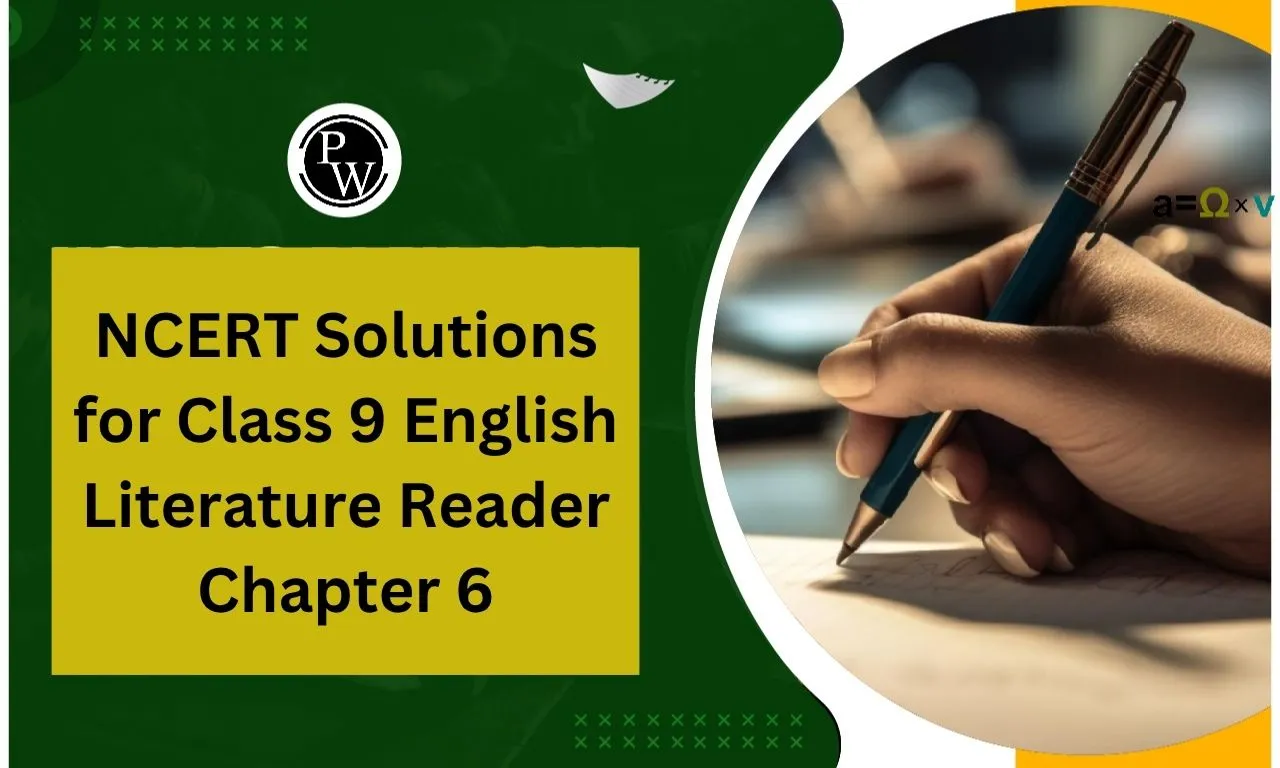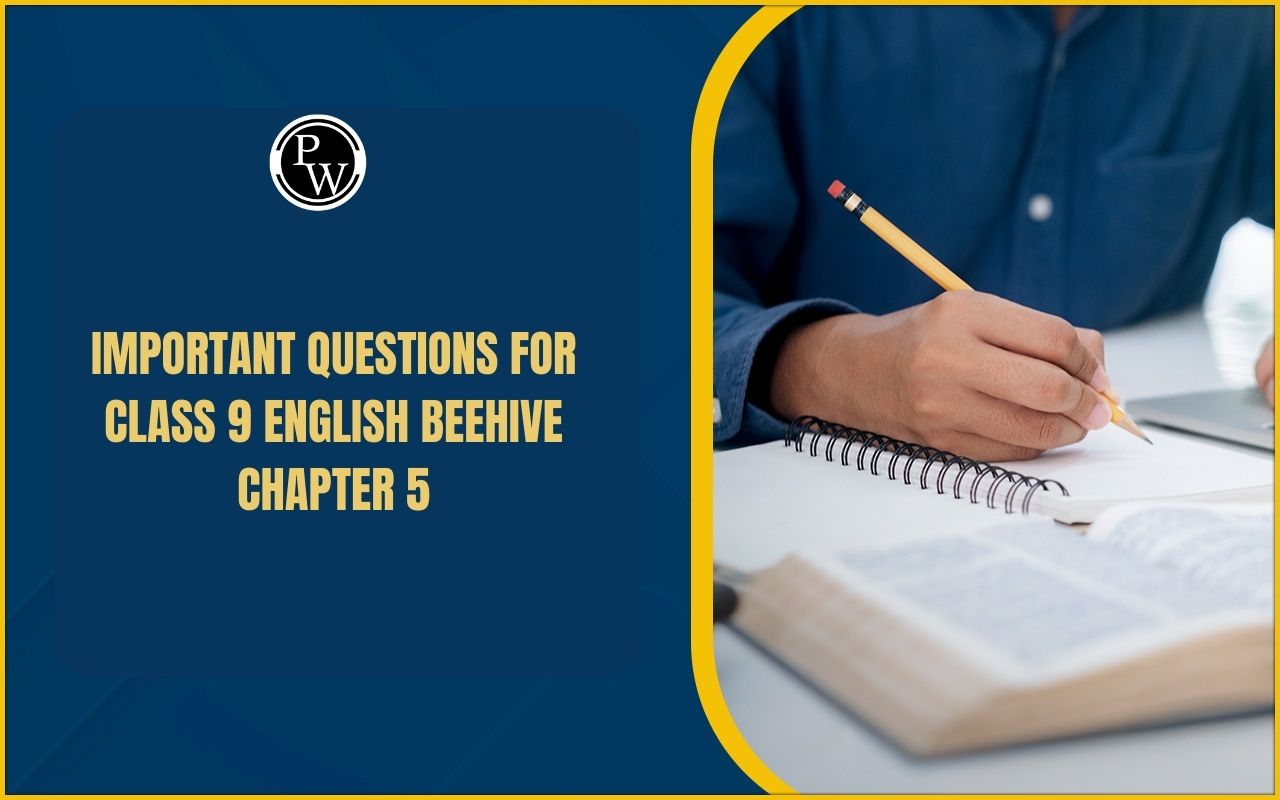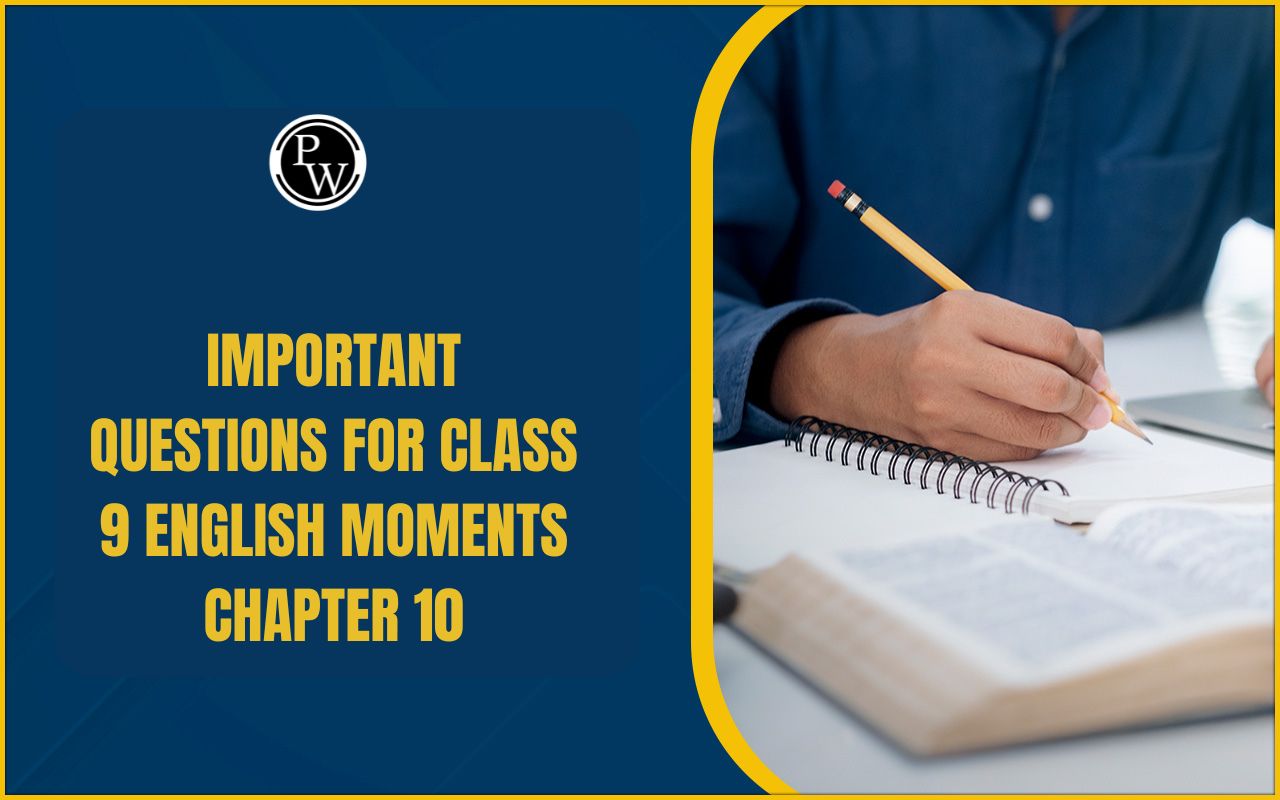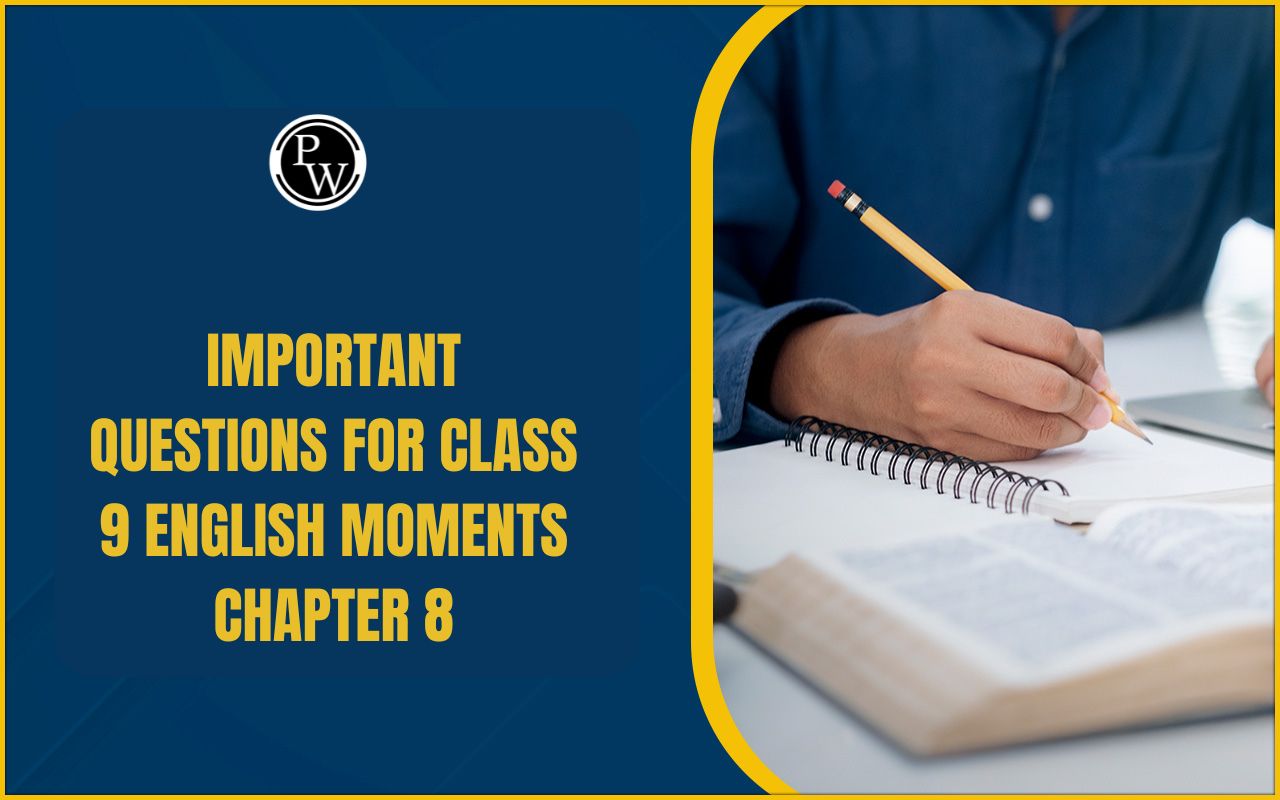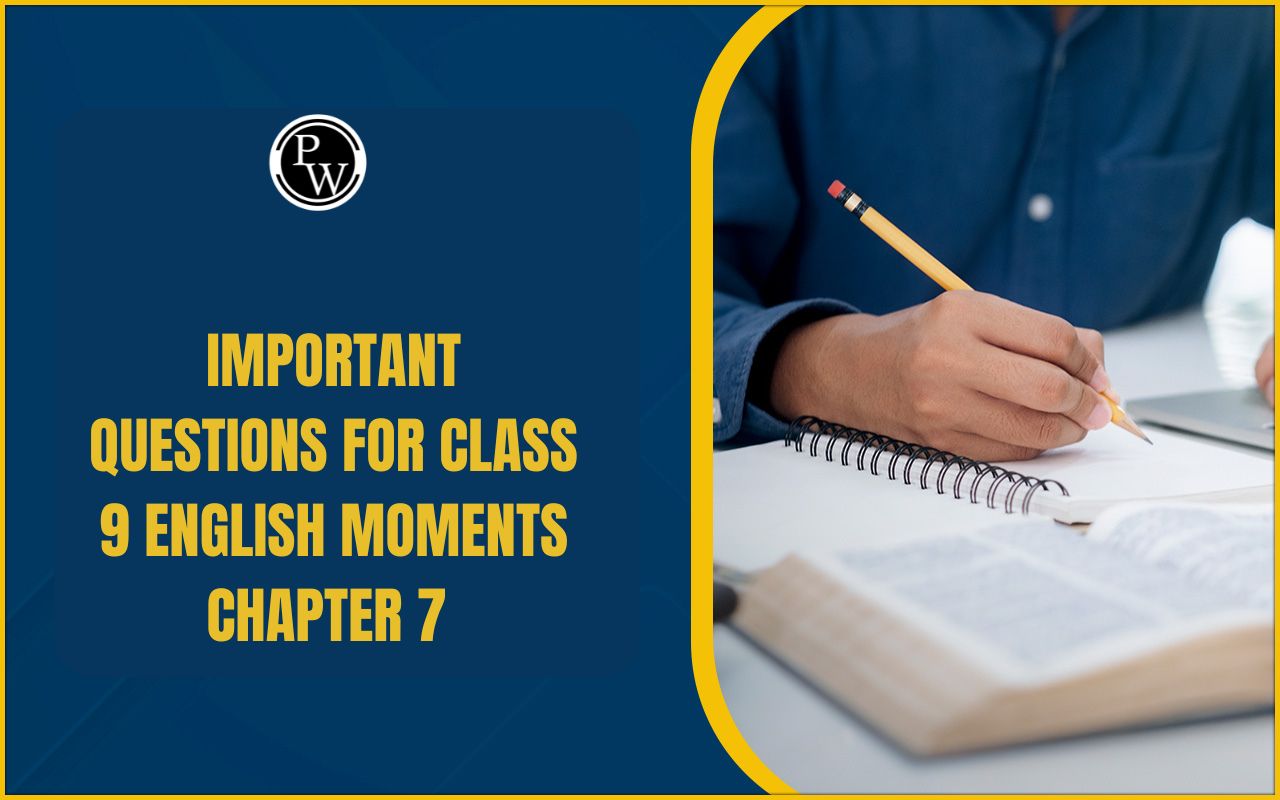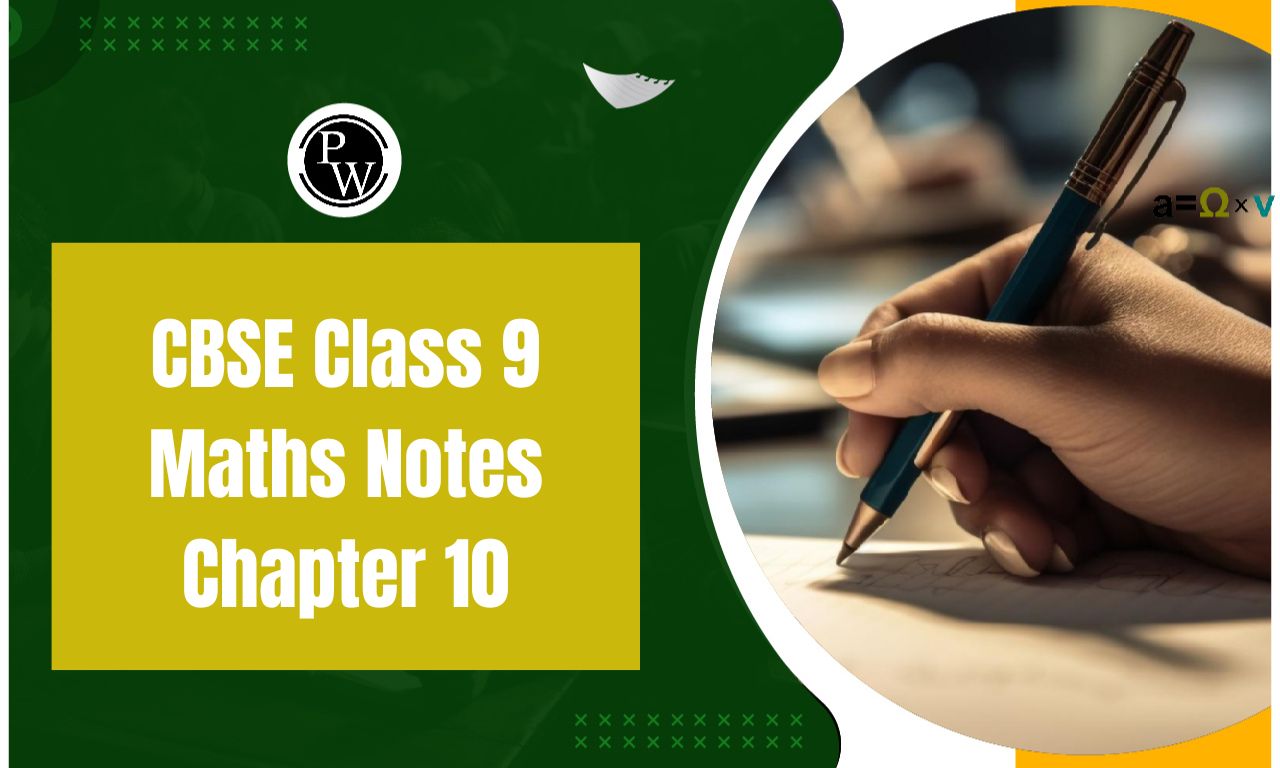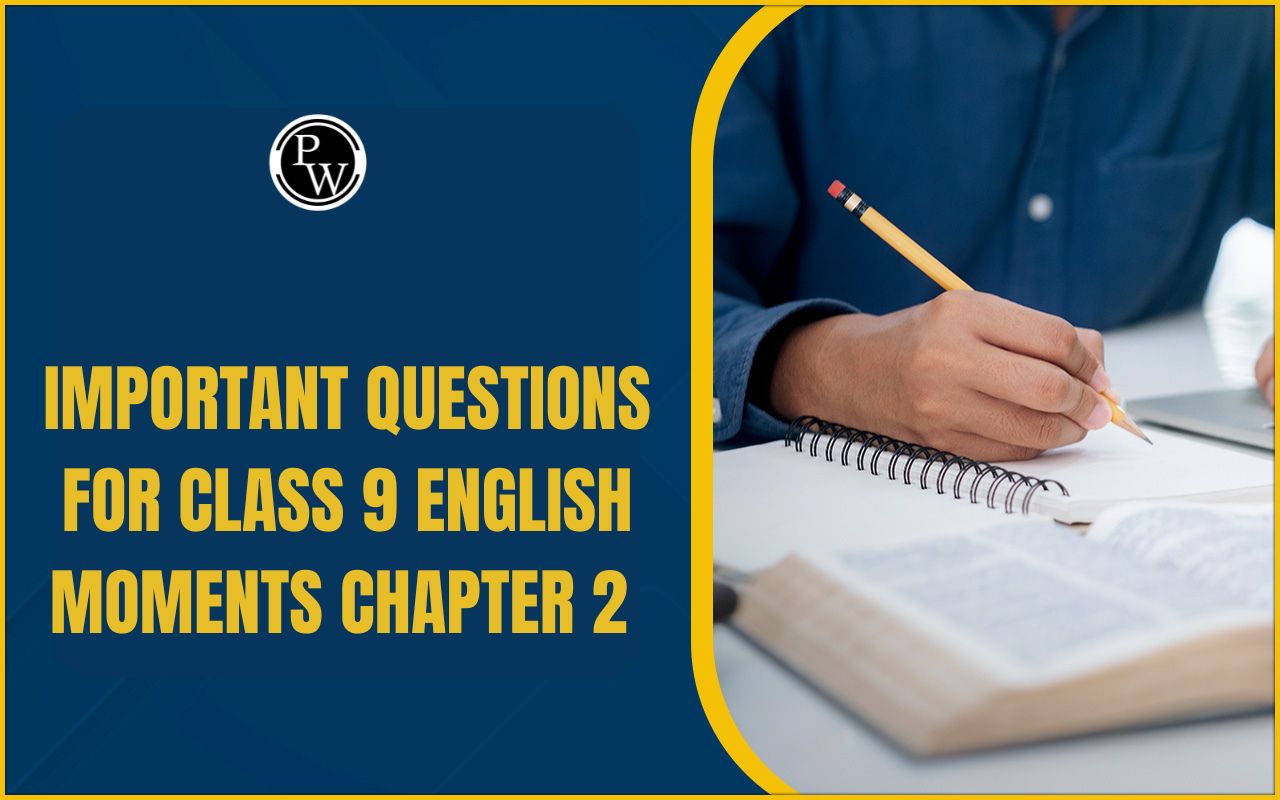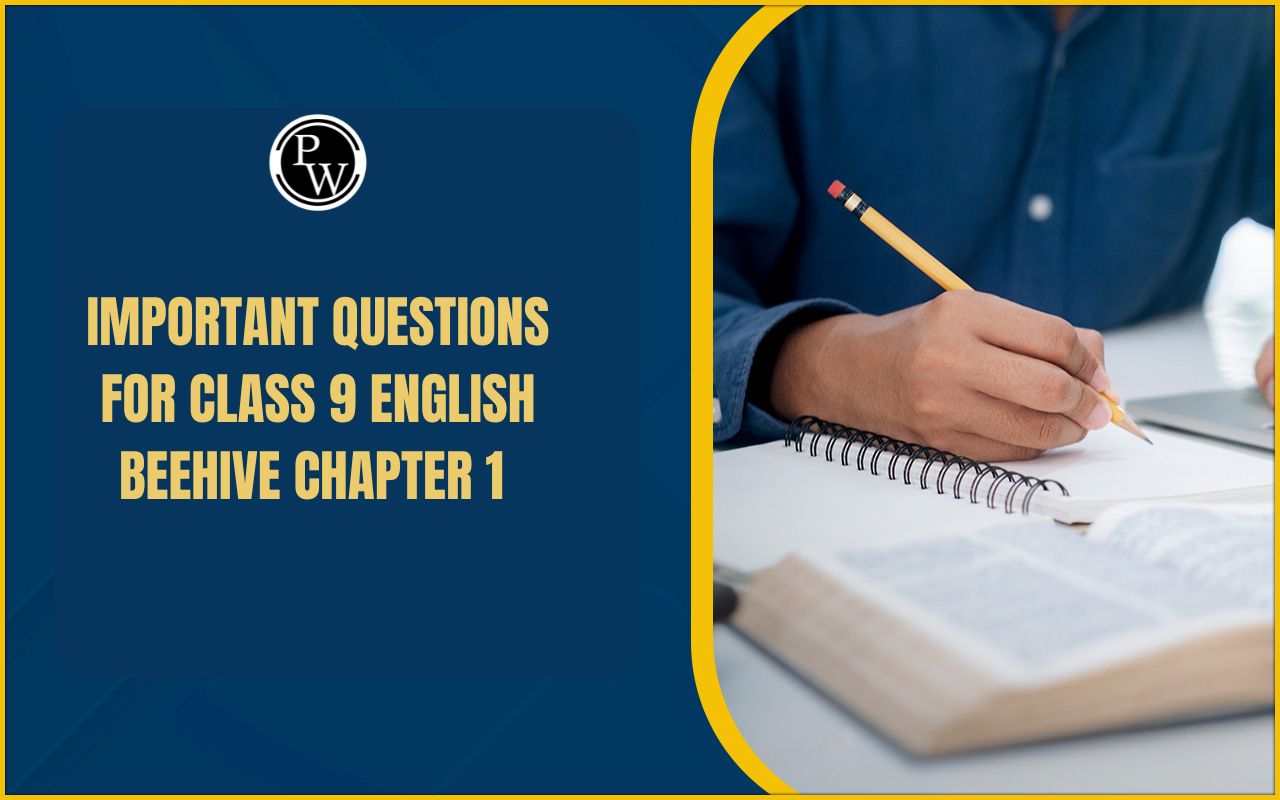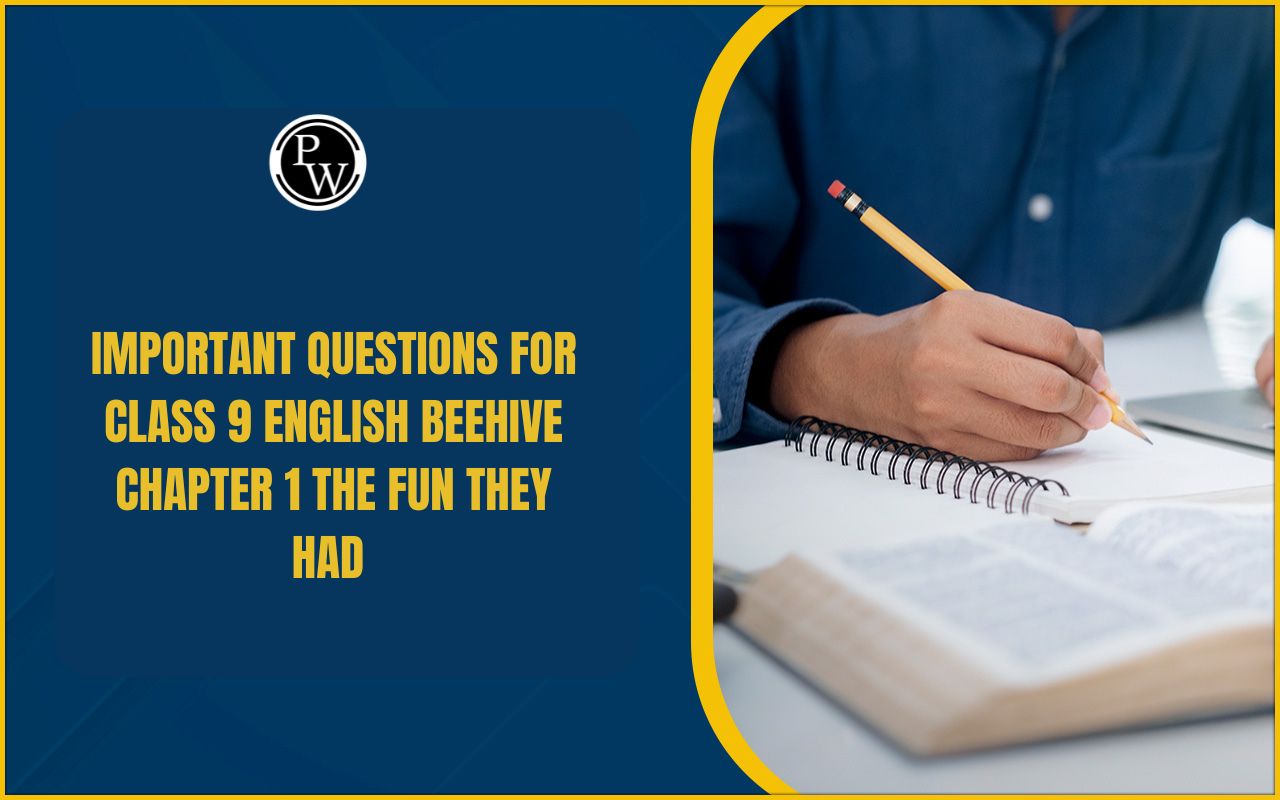
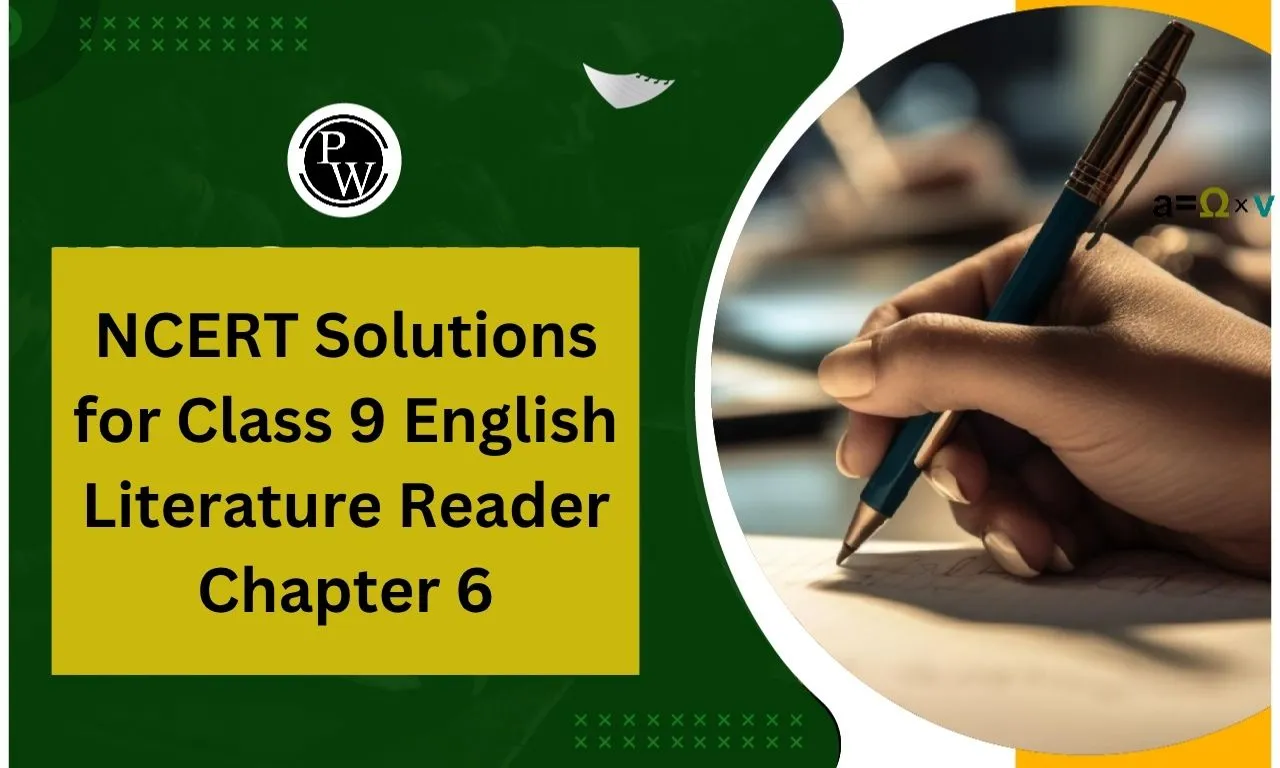
The NCERT Solutions for Class 9 English Literature Reader Chapter 6 The Brook offer comprehensive explanations and answers that help students deeply understand the poem’s theme, literary devices, and poetic imagery.
These Class 9 English NCERT solutions break down every stanza, highlighting the journey of the brook as a metaphor for life. Crafted by experts, they align with CBSE guidelines, ensuring better exam preparation. By using these NCERT Class 9 English Literature solutions, students can improve their comprehension and analysis skills. Download or refer to the NCERT Solutions from here for The Brook to strengthen your understanding and boost your scores in exams.
Class 9 English Chapter 6 The Brook Introduction
Chapter 6 The Brook is a beautifully composed poem by Alfred Lord Tennyson that describes the lively journey of a brook as it flows through various landscapes. The poem is not just a depiction of nature but also a symbolic reflection of human life—full of movement, challenges, and continuity.
The NCERT Solutions for this chapter help students explore the poetic devices, rhythm, and deep meanings embedded in the lines. Through a detailed explanation of each stanza, these solutions enhance comprehension and appreciation of the poem, making it easier for Class 9 students to prepare effectively for their English Literature exams.
The Brook Question Answer Class 9 English Chapter 6
Below are the detailed NCERT solutions for Chapter 6 The Brook from the Class 9 English Literature Reader. These answers are designed to help students understand the poem's meaning, poetic devices, and central theme. Go through the questions and answers below to strengthen your exam preparation and comprehension skills.
1. Can you match the following?
(a) Something that lives for one year – annual
(b) Something that lives for about two years – biennial
(c) Something that lives for more than two years – perennial
2. Here is a list of a few things. Can you tell how long each of them can live/exist?
(a) a dog – Around 10 to 15 years
(b) an elephant – About 60 to 70 years
(c) a tree – Varies; some live for hundreds of years
(d) a human being – Around 70 to 90 years
(e) a star – Millions or even billions of years
(f) a mountain – Millions of years
(g) a river – It may flow eternally, like the brook suggests
3. What do you think the poem is all about?
The poem is about a brook, a small stream that originates in the hills and flows through different landscapes. It describes its journey using vivid imagery and sound. The brook’s continuous flow is a metaphor for the eternal nature of life or nature itself, contrasted with the transient life of humans.
4. After reading the poem answer the following questions.
The poet has used a number of words which indicate 'movement' and 'sound'. Working with your partner make a list of these words from the poem and complete the web chart.
Movement Words:
-
sally
-
sparkle
-
hurry
-
slip
-
wind
-
slide
-
steal
-
glance
-
flow
Sound Words:
-
bicker
-
chatter
-
babble
-
murmur
-
bubble
c. From the words that you have filled in the blurbs above, point out the words that are examples of onomatopoeia.
a. Bicker
b. Chatter
c. Babble
d. Murmur
e. Bubble
5. Fill in the blank spaces in the flow chart showing the course of the brook.
-
Comes from the place where coots and herons live
-
Passes under fifty bridges
-
Crosses both fertile and fallow land
-
Goes through wilderness full of thorny bushes
-
Passes lawns filled with flowers
-
Joins the river
6. On the basis of your understanding of the poem, answer the following questions by ticking the correct choice.
(a) The message of the poem is that the life of a brook is –
(iii) eternal
(b) The poet draws a parallelism between the journey of the brook with –
(i) the life of a man
(c) The poem is narrated in the first person by the brook. This figure of speech is –
(i) Personification
(d) The lines: "And here and there a lusty trout, And here and there a grayling" suggest that –
(i) the brook is a source of life.
7. Answer the following questions.
(a) How does the brook 'sparkle'?
The brook sparkles as it emerges suddenly and flows among ferns, reflecting sunlight off its surface, creating a sparkling effect.
(b) 'Bicker' means 'to quarrel'. Why does the poet use this word here?
The word 'bicker' is used to describe the noisy, lively flow of the brook as it moves swiftly over stones and uneven ground.
(c) How many hills and bridges does the brook pass during its journey?
The brook passes by thirty hills and under fifty bridges.
(d) Where does it finally meet the river?
It finally meets the "brimming river" near Philip's farm.
(e) Why has the word 'chatter' been repeated in the poem?
The repetition emphasizes the continuous, cheerful sound of the brook as it flows, giving it a lively and human-like quality.
(f) 'With many a curve my banks I fret'. What does the poet mean by this statement?
It means that the brook wears away the banks as it curves and flows, shaping the land over time.
(g) 'I wind about, and in and out'. What kind of a picture does this line create in your mind?
It creates an image of a twisting, turning stream flowing in a zigzag manner through the landscape.
(h) Name the different things that can be found floating in the brook.
Blossoms, foamy flakes, and possibly sunbeams reflecting and dancing on the water.
(i) What does the poet want to convey by using the words 'steal' and 'slide'?
These words suggest the smooth, quiet, and graceful movement of the brook.
(j) The poem has many examples of alliteration. List any five examples.
-
I slip, I slide
-
I fret by many a field and fallow
-
I linger by my shingly bars
-
I loiter round my cresses
-
I make the netted sunbeam dance
(k) 'I make the netted sunbeam dance'. What does 'the netted sunbeam' mean? How does it dance?
'Netted sunbeam' refers to sunlight filtered through tree leaves, appearing like a net. It appears to dance as it reflects and flickers on the moving water.
(l) What is the 'refrain' in the poem? What effect does it create?
The refrain is: "For men may come and men may go, / But I go on for ever."
It emphasizes the eternal flow of the brook and highlights the contrast between human mortality and nature's permanence.
8. Read the given lines and answer the questions.
I chatter, chatter, as I flow
To join the brimming river,
For men may come and men may go,
But I go on for ever.
(a) Who does 'I' refer to in the given lines?
‘I’ refers to the brook (the stream).
(b) How does it 'chatter'?
It makes continuous, lively, and cheerful sounds as it flows over stones and pebbles.
(c) Why has the poet used the word 'brimming'? What kind of a picture does it create?
‘Brimming’ suggests a river full to the edge. It creates a picture of a vast, overflowing, and powerful river.
(d) Explain the last two lines of the stanza.
The lines express the central idea that humans come and go with time, but nature (like the brook) continues eternally.
9. Identify the rhyme scheme of the poem.
The rhyme scheme of the poem is ABAB.
10. The poem is full of images that come alive through skilful use of words. List out any two images that appeal to you the most, quoting the lines from the poem.
1. “I make the netted sunbeam dance / Against my sandy shallows.”
2. “I slip, I slide, I gloom, I glance, / Among my skimming swallows.”
11. The brook appears to be a symbol for life. Pick out examples of parallelism between life and the brook.
-
The brook passes through various stages (sparkling, chattering, murmuring), just as life goes through different phases.
-
It meets different obstacles and landscapes, like people face varied challenges and experiences.
-
The refrain “For men may come and men may go, but I go on for ever” reflects the eternal cycle of nature compared to human life.
12. Write a poem on any inanimate object making it come alive.
(A sample – you may modify or expand as needed.)
The Voice of a Candle
I flicker softly in the gloom,
Chasing shadows from the room.
I melt with grace, no words I speak,
Yet offer light to hearts that seek.
Though wind may blow and night may fall,
I burn with purpose, small but tall.
A quiet flame with golden glow,
I shine until the end I know.
Benefits of Using NCERT Solutions for Class 9 English Literature Reader Chapter 6
Below we have provided benefits of using NCERT Solutions for Class 9 English Literature Reader Chapter 6 -
-
In-Depth Understanding: Helps students grasp the poem's symbolism, themes, and poetic devices like personification and imagery.
-
Exam-Oriented Answers: Solutions follow the CBSE Class 9 exam pattern, improving chances of scoring high in literature sections.
-
Improves Literary Analysis: Enhances interpretation skills by explaining figurative language, tone, and structure.
-
Boosts Vocabulary & Expression: Exposure to poetic language enriches vocabulary and writing style.
-
Time-Saving Resource: Ready-to-use explanations help students revise efficiently before exams or class discussions.
NCERT Solutions for Class 9 English Literature Reader Chapter 6 FAQs
Who is the speaker in the poem The Brook?
What is the central theme of the poem?
What literary device is mainly used in the poem?
What does the refrain, For men may come and men may go, but I go on for ever signify?

